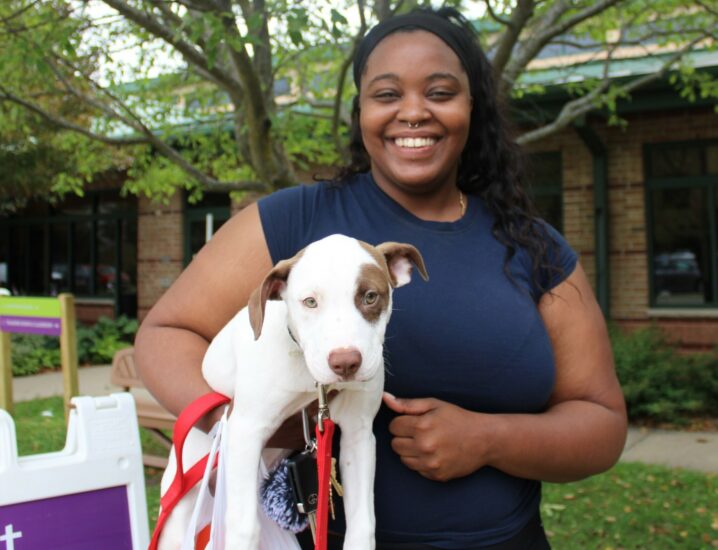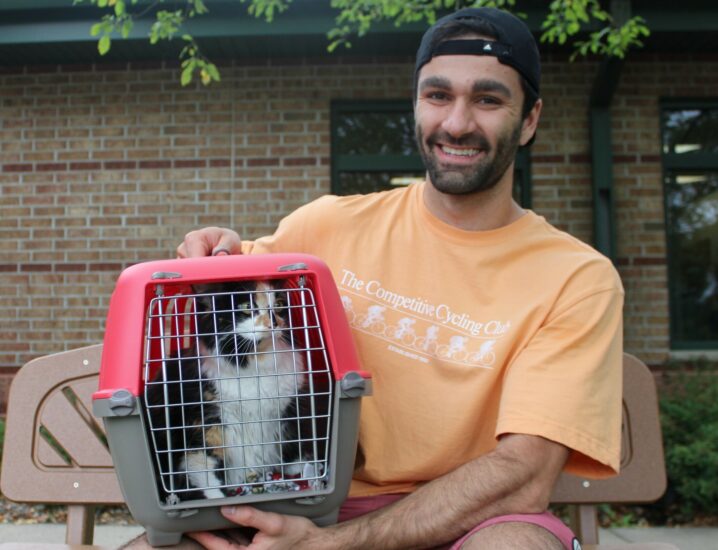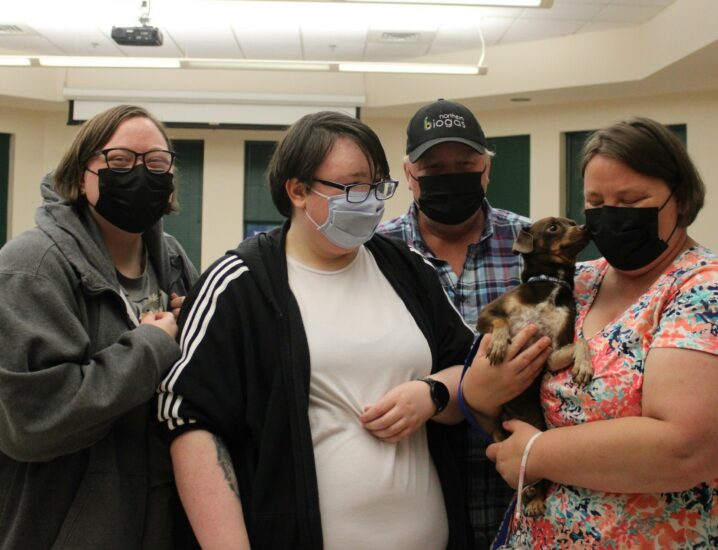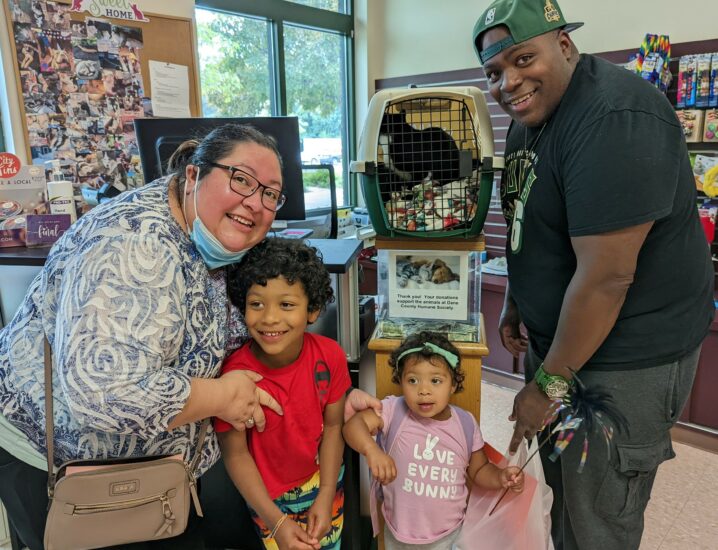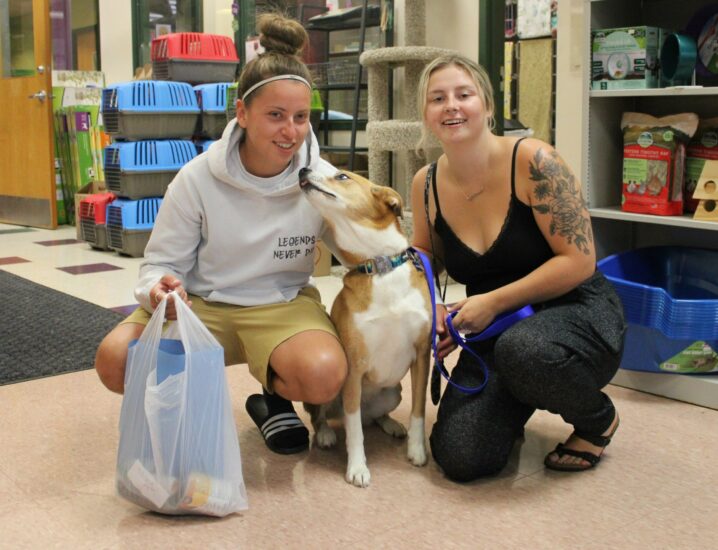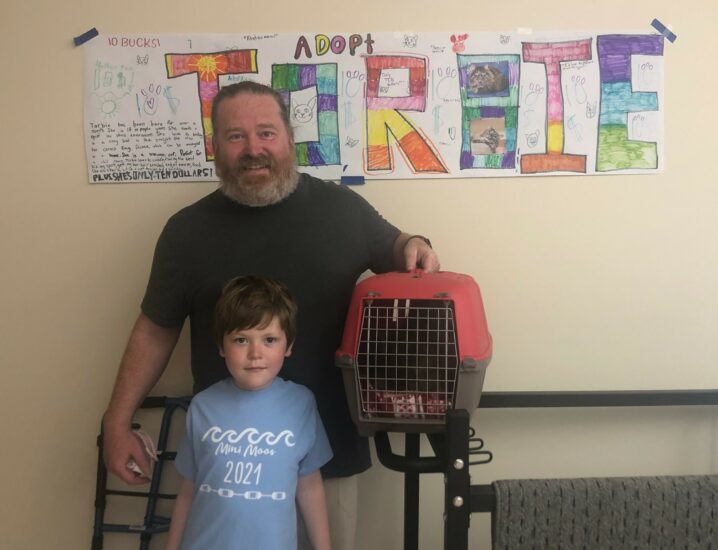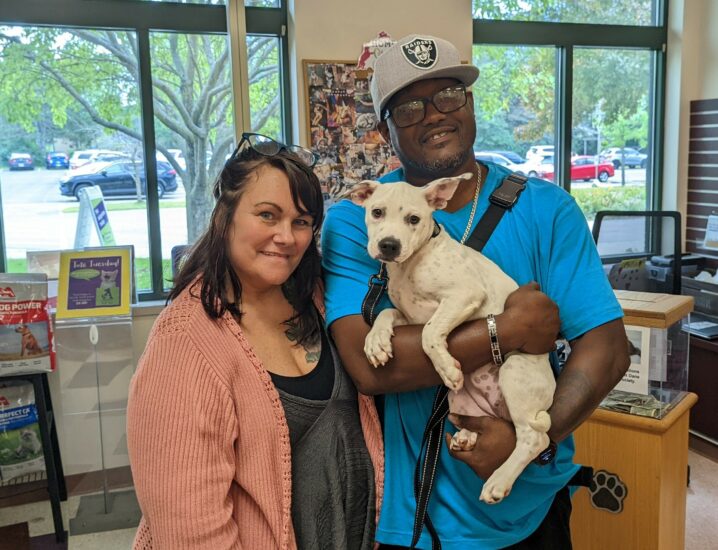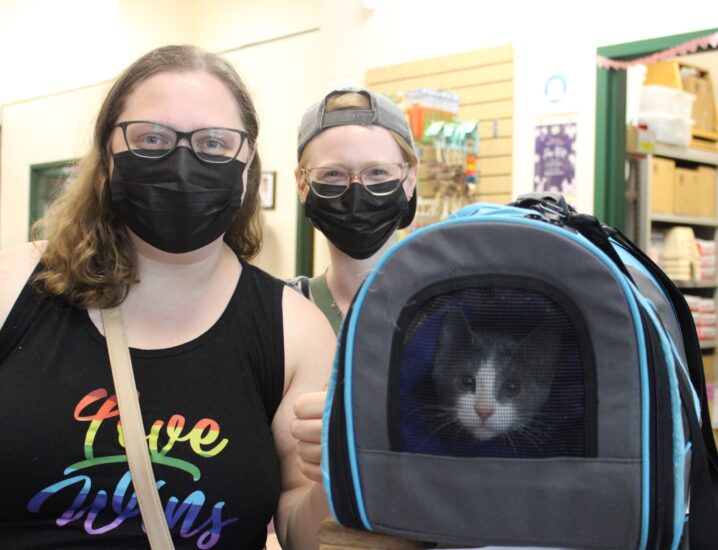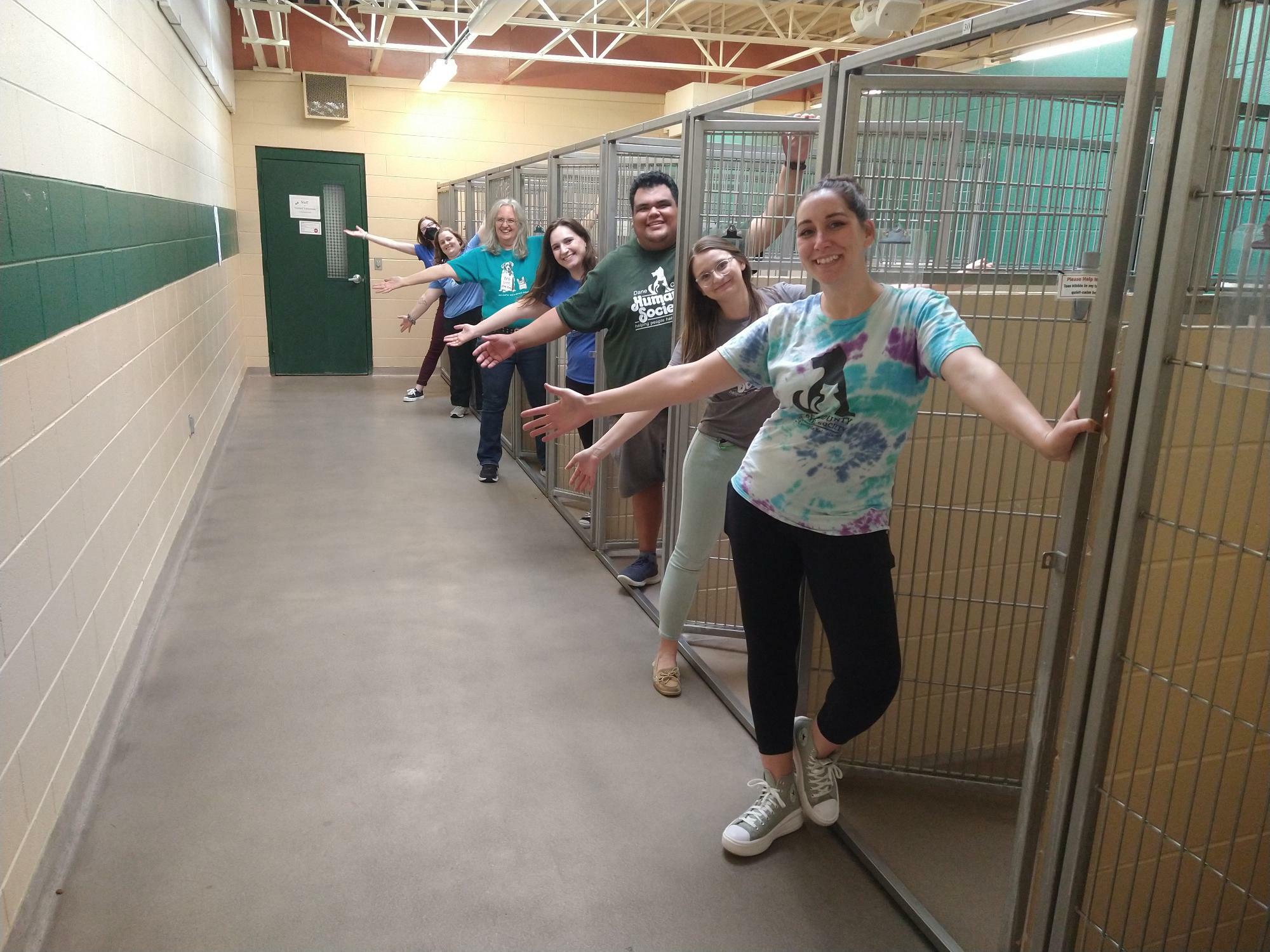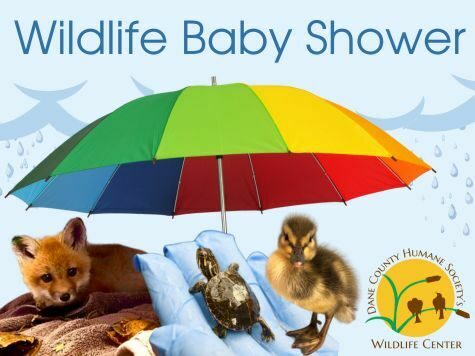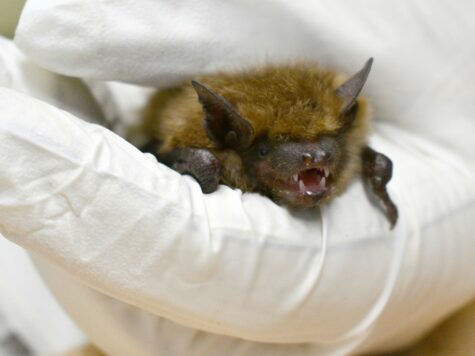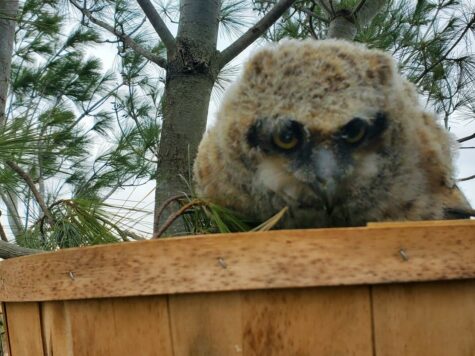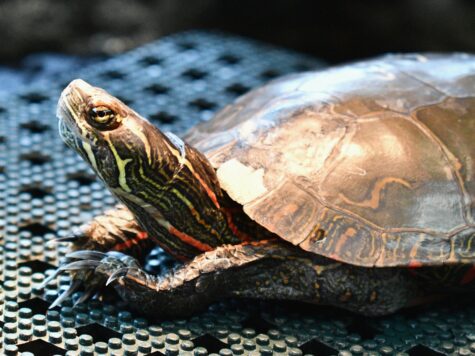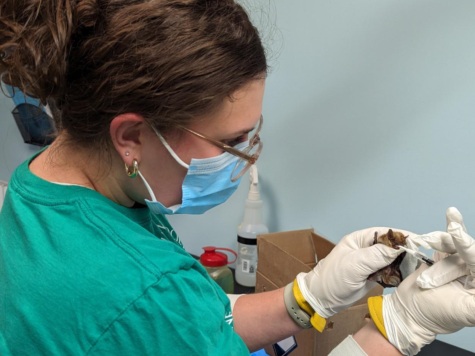Shelters and rescues across the country are becoming overcrowded because of higher intakes of companion animals and slower adoption rates. Why is this happening? There are several factors at play, but let’s look closer at some of the big ones.
One factor is access to spay and neuter services for pets, especially in the South. Some families with companion animals reside in pet resource deserts and are unable to travel hours to a facility for the procedure. Other families find it’s too expensive, while still others debate whether it’s necessary. Learn more about The Benefits of Spaying and Neutering Pets.
A second factor is the current veterinarian shortage, which further compounds the challenges pet families face accessing to pet resources. Some pet families have to wait longer than they would in previous years to receive services because there aren’t enough veterinarians to meet current demand. In fact, animal experts suggest that the number of practicing veterinarians will not catch up to the needs of pet families for about 20 years.
A third factor is the economy. Some pet parents surrendered their beloved pet because of the costs associated with animal care, while others have been forced to move to cheaper residences that have restrictions on number, size, or breed of animals. These are also reasons why some have chosen not to get a pet.
Additionally, not all intakes are surrenders. When members of the public find lost pets, they bring the animals to their local humane societies, which are often the holding facility for stray animals, rather than holding onto the pet to see if anyone comes searching for their lost family member.
Dane County Humane Society (DCHS) has a contract with the county to provide shelter and care to stray animals brought in by Animal Service Officers and the public. We hold these lost pets for four days. If no one comes to claim the animal, then on the fifth day they become custody of DCHS, and pending behavior and medical assessments, they are made available for adoption. So begins the process of finding them a new home.
Costs and residential restrictions are not the only factors leading to slower adoption rates. Due to a shortage of shelter staff, there are only so many adoption consultations that can be performed each day.

August was Clear The Shelters Month
When NBC15 reached out to join forces again to host Clear The Shelters in August, we jumped at the opportunity to not only help animals in need at our shelter, but to help pets from other shelters too.
DCHS usually has between 40 and 60 animals available for adoption on any given day. But for our Clear The Shelters weekend adoption event, we transferred in as many animals as we could to help them ALL find new loving homes.
DCHS regularly accepts lifesaving transfers of dogs from our shelter partners in the South, shelters that often face overpopulation. But, in the week leading up to the Clear The Shelters adoption event, DCHS also received 5 transfers from 4 Wisconsin shelters. In total, we had over 100 animals available for adoption at reduced fees for the weekend event, which took place on August 13th and 14th.
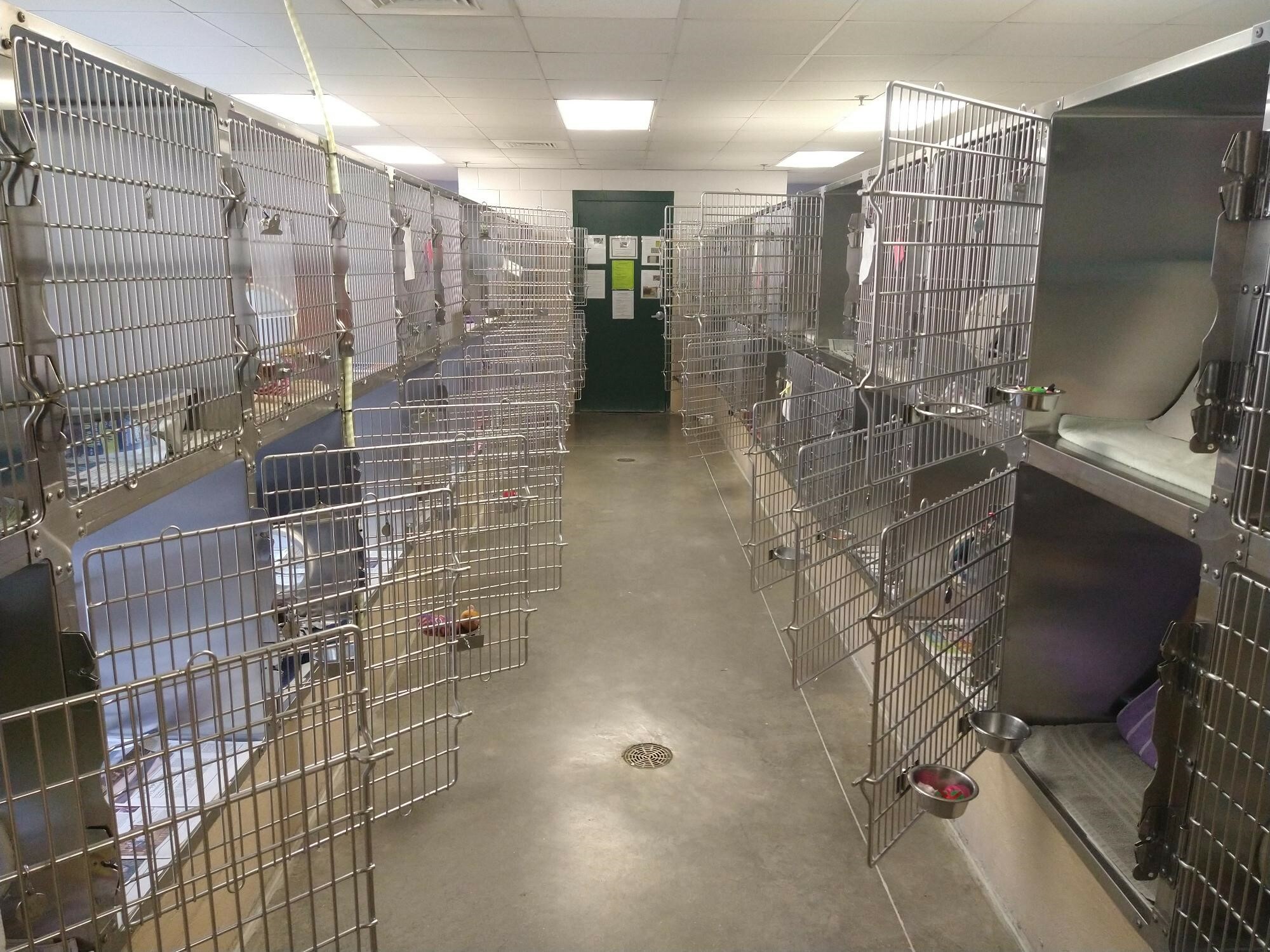
Our goal was to find families for ALL of the available animals, and we came close. During the adoption weekend event, we found new homes for 83 animals – 55 cats, 22 dogs, and 6 critters! Thank you to everyone who adopted!
Even better news is DCHS adopted a total of 364 companion animals into new homes for the month of August. That is an uptick from May, June, and July, which saw 193, 275, and 279 animals, respectively, adopted into new homes.
While DCHS is not facing all of the challenges plaguing other shelters and rescues regarding higher intake, we are facing slower adoptions because of staff shortages in several departments.
But you can help! If you or someone you know would like to join our wonderful team working to help animals in need and animals in our community, we have full- and part-time positions available, as well as volunteer opportunities.
